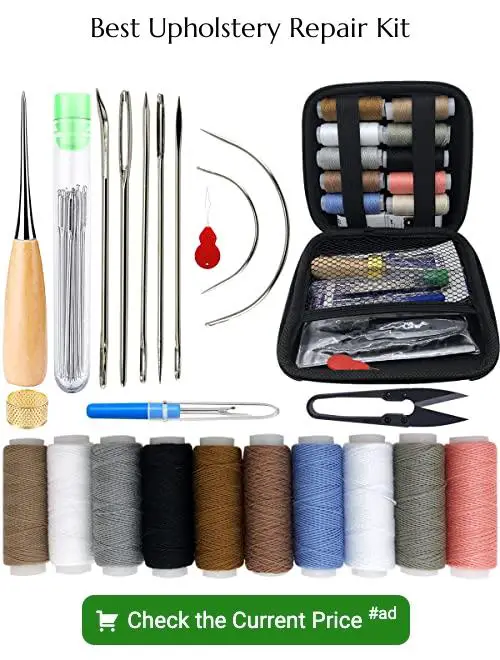Last updated on
In this blog post, you’ll discover expert tips for reupholstering and preserving your antique sofa with vintage charm intact.
As I walked into my grandmother’s living room, the first thing that caught my eye was her vintage sofa. It had been passed down from generation to generation and had seen its fair share of wear and tear.
But despite its age, it still looked as beautiful as ever. As I sat down on the sofa, memories of family gatherings flooded my mind.
That’s when I realized how important it is to preserve antique furniture pieces like this one.
If you’re lucky enough to own a vintage sofa or any other antique piece of furniture, you know how special they can be. These pieces are not just items in your home; they hold a history and a story that deserves to be preserved for future generations.
However, preserving an antique piece can be tricky, especially when it comes to reupholstering. You don’t want to lose the charm and character that makes your piece unique in the first place.
That’s why I have gathered some expert tips for reupholstering and preserving your vintage sofa so that you can enjoy its beauty for years to come without sacrificing its originality. So grab a cup of tea, sit back on your vintage sofa (if you have one), and let’s dive into the world of antique furniture restoration!
Key takeaways:
- Assess the condition of your vintage sofa before restoration.
- Choose the right fabric that suits the style and durability needs.
- Repair and restore the frame to ensure sturdiness.
- Follow proper reupholstering techniques for a professional look.
- Consider cushion replacement options that fit well within the frame.
- Preserve the original details to maintain the unique character.
- Take care of your antique sofa by avoiding direct sunlight, heat sources, and using appropriate cleaning products.
Table of Contents
Assessing Vintage Sofa Condition

Before you start any restoration work on your vintage sofa, it’s essential to assess its condition. This step will help you determine the extent of the repairs needed and whether or not it’s worth investing in restoring your piece.
The first thing to look for is any structural damage. Check if there are any cracks or breaks in the frame, legs, or arms of the sofa.
If there are signs of damage, consider consulting a professional restorer who can advise on how best to repair them.
Next up is examining the upholstery itself. Look for tears, stains and worn-out areas that need attention during reupholstering process later on.
Finally check all cushions – both seat and backrest ones – as they may require replacement due to wear-and-tear over time. Assessing your vintage sofa’s condition before starting restoration work will ensure that you have a clear understanding of what needs fixing so that you can plan accordingly without causing further harm while trying to restore its beauty!
Choosing the Right Fabric
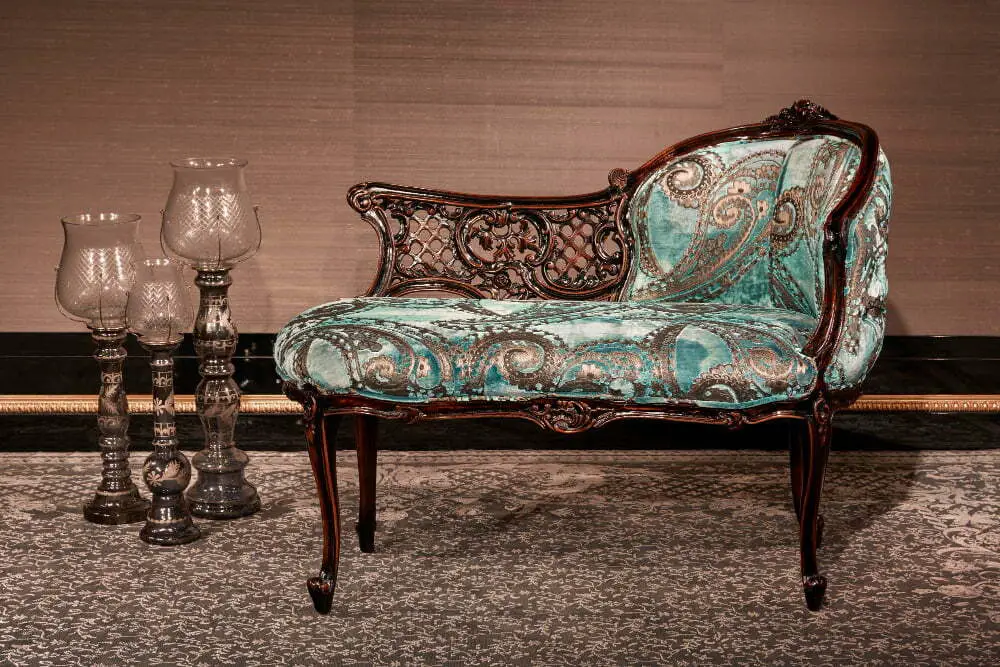
When it comes to reupholstering your vintage sofa, choosing the right fabric is crucial. You want a fabric that not only looks good but also feels comfortable and durable.
But with so many options available, how do you choose the perfect one?
Firstly, consider the style of your vintage sofa and its intended use. If you’re going for a traditional look or restoring an antique piece to its original state, then opt for fabrics like velvet or damask that have been used historically in upholstery.
If you’re looking for something more modern or casual, then cotton blends or linen may be better suited to your needs.
Another important factor is durability. Sofas are meant to last years if not decades; therefore selecting a sturdy material will ensure longevity of use without compromising on comfortability.
Lastly, don’t forget about color and pattern! The right choice can make all the difference in bringing out unique features of your furniture piece while complementing other elements within space such as wall colors etcetera.
Choosing the perfect fabric can seem overwhelming at first but taking into account these factors will help guide towards making an informed decision that ensures both aesthetic appeal as well as practicality when it comes time reupholstering this cherished item from generations past!
Frame Repair and Restoration

After assessing the condition of your vintage sofa, it’s time to move on to frame repair and restoration. This step is crucial in ensuring that your antique piece stays sturdy and functional for years to come.
If you notice any cracks or breaks in the frame, don’t panic! It’s not uncommon for vintage furniture pieces to have some wear and tear. However, it’s important not to ignore these issues as they can worsen over time.
The first step is identifying which parts of the frame need repair or replacement. If you’re unsure about how extensive the damage is, consider consulting a professional furniture restorer who can give you an expert opinion.
Once you’ve identified which areas need attention, start by removing any loose joints or broken pieces from the frame. Then use wood glue and clamps (or screws if necessary) to reattach them securely back into place.
If there are larger cracks in the wood that cannot be fixed with glue alone, consider using wooden dowels or splines as reinforcements before gluing them together again.
Sand down any rough edges on repaired areas before refinishing your vintage sofa with paint or stain if needed. By taking care of these repairs early on in your restoration process will ensure that your antique piece remains strong enough for everyday use while preserving its original charm.
Reupholstering Techniques
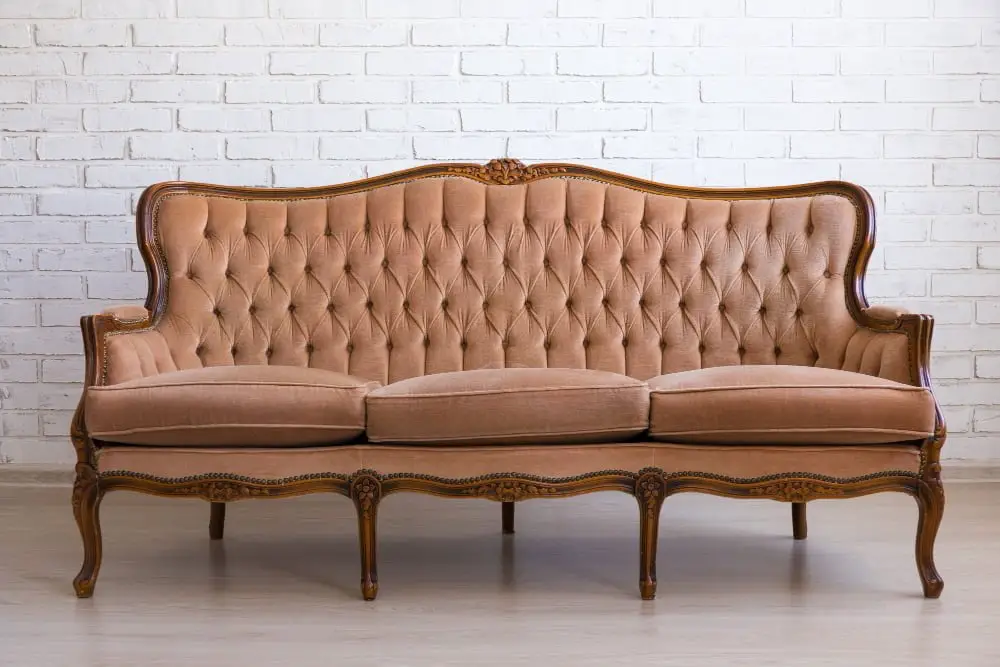
Once you have assessed the condition of your vintage sofa and chosen the right fabric, it’s time to move on to reupholstering. Reupholstering is a delicate process that requires patience and attention to detail.
Here are some techniques that will help you achieve a professional-looking result:
- Remove old upholstery: Start by removing all the old fabric, padding, and staples from your sofa carefully.
- Repair or replace springs: Check if any springs need repair or replacement before proceeding with reupholstery.
- Add new padding: Once you’ve removed all the old materials, add new foam or batting as needed for cushion support.
- Cut fabric pieces accurately: Measure twice before cutting once! Make sure each piece of fabric is cut precisely according to your measurements so that they fit snugly around every curve and corner of your sofa.
- Staple in place securely: Use an electric staple gun with ¼ inch staples for best results when securing fabrics in place
- Trim excess material: Trim off any excess material after stapling everything into position
By following these steps carefully during re-upholstery work on antique sofas like yours, you can restore them back their original beauty while preserving their unique character at same time.
Cushion Replacement Options
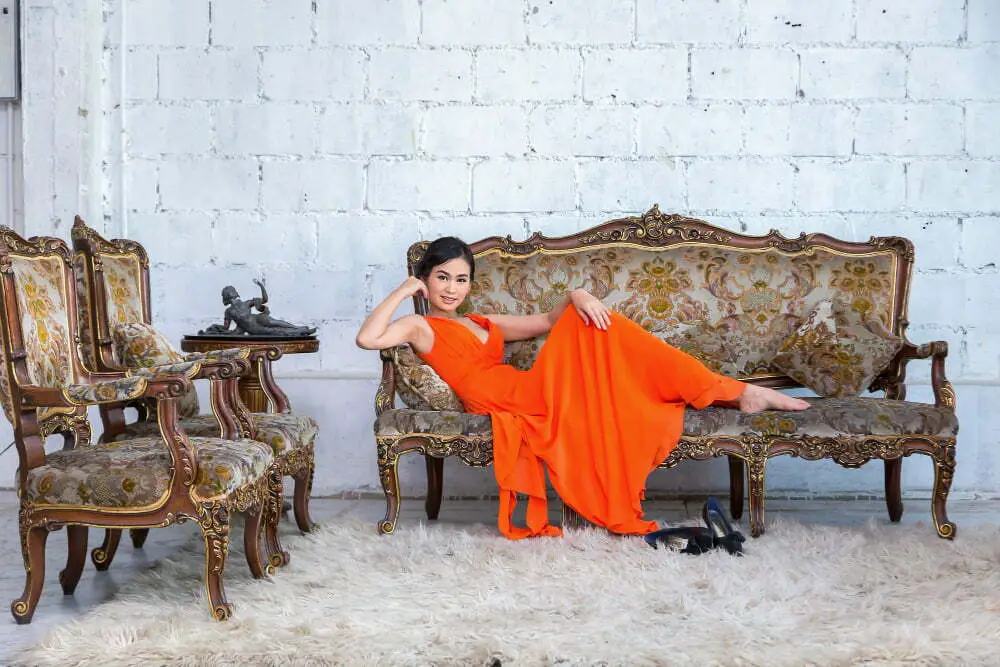
After assessing the condition of your vintage sofa and choosing the right fabric, it’s time to think about cushion replacement options. The cushions are an essential part of any sofa, providing comfort and support for those who sit on it.
However, over time they can become worn out or damaged.
One option is to replace the entire cushion with a new one that matches the size and shape of your vintage sofa. This is a good choice if you want to maintain its original look while still ensuring maximum comfort.
Another option is to have custom-made cushions created specifically for your antique piece. This allows you more flexibility in terms of design and material choices while still maintaining its unique character.
If you’re looking for a more budget-friendly solution, consider having just the foam inserts replaced instead of replacing both foam inserts and covers altogether. This will give new life back into old cushions without breaking bank account!
Whatever option you choose when replacing your vintage sofa’s cushions make sure that they fit well within their frames so as not cause any damage or discomfort during use!
Preserving Original Details
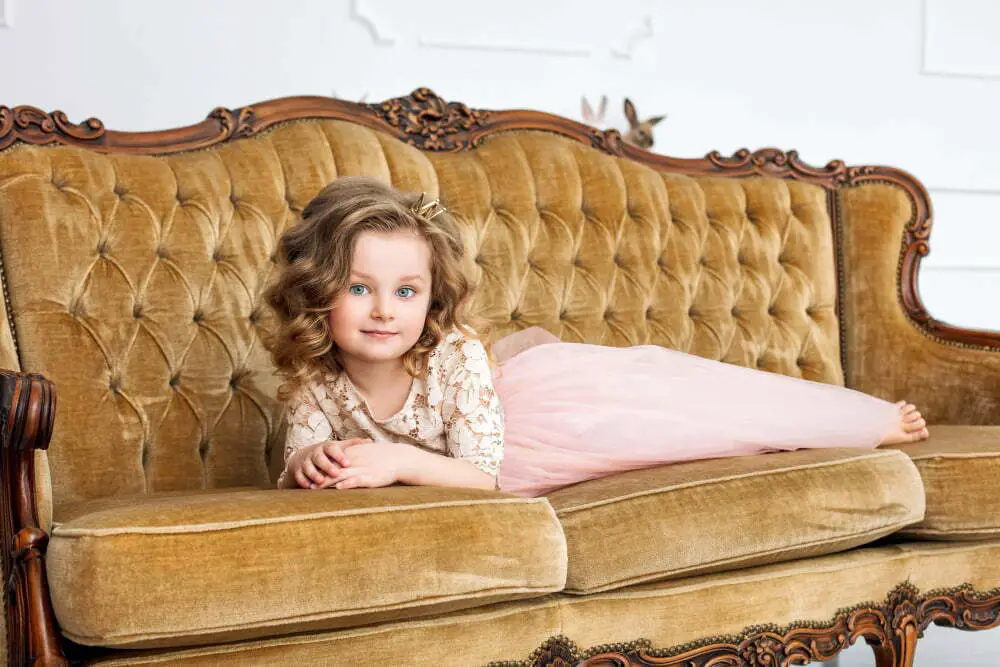
When it comes to antique furniture restoration, preserving the original details is crucial. These details are what make your vintage sofa unique and special.
Whether it’s intricate carvings or ornate legs, these features add character and charm to your piece.
Before you start any restoration work on your vintage sofa, take a close look at its original details. Make sure you document them with photographs so that you can refer back to them later in case of any mishap during the reupholstering process.
If there are any damaged or missing parts such as buttons or decorative nails, try to find replacements that match the originals as closely as possible. You can also consult with an expert upholsterer who specializes in antique furniture restoration for advice on how best to preserve these unique features.
Remember not all changes have a positive impact; sometimes even small alterations could affect negatively its value over time if they do not respect their authenticity. By taking care of every detail while restoring an antique piece like a vintage sofa will ensure that it retains its beauty and value for years down the line while still being functional for everyday use!
Antique Sofa Care Tips
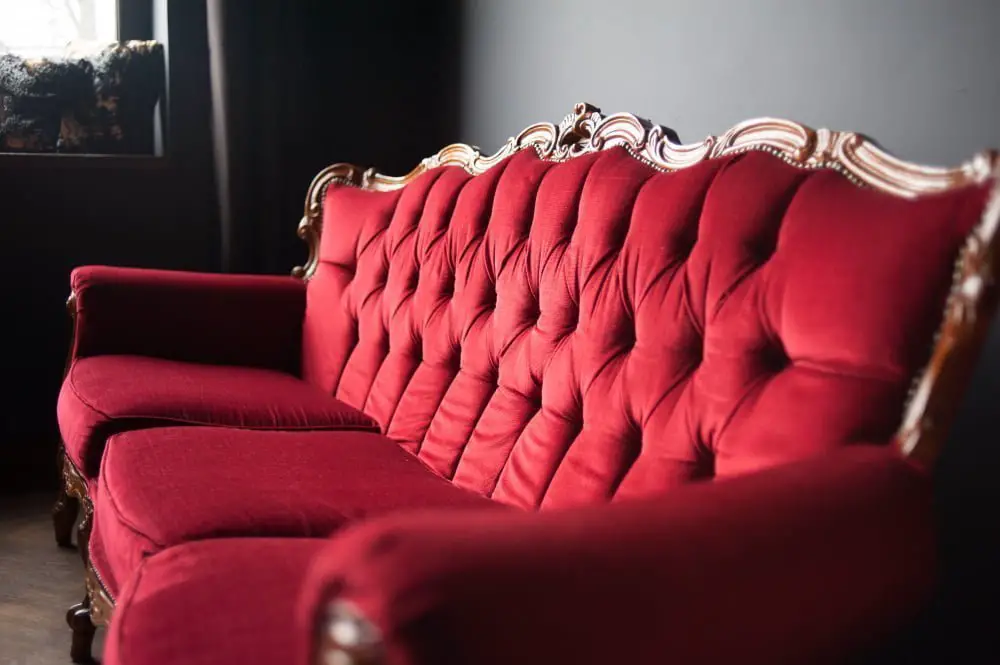
After you have restored your vintage sofa, it’s important to take care of it properly. Here are some antique sofa care tips that will help preserve its beauty for years to come:
- Avoid direct sunlight: Direct sunlight can cause the fabric and wood on your vintage sofa to fade and deteriorate over time.
- Keep away from heat sources: Placing your antique piece near a heat source like a radiator or fireplace can dry out the wood, causing cracks and splits.
- Clean regularly: Dusting or vacuuming your vintage sofa regularly will prevent dirt buildup that could damage the fabric fibers.
- Use appropriate cleaning products: Always use gentle cleaning products specifically designed for upholstery when cleaning any stains on your antique piece.
- Rotate cushions frequently: To avoid uneven wear, rotate cushions frequently so they wear evenly over time.
By following these simple tips, you’ll be able to enjoy the beauty of your restored vintage sofa for many more years while preserving its originality!
